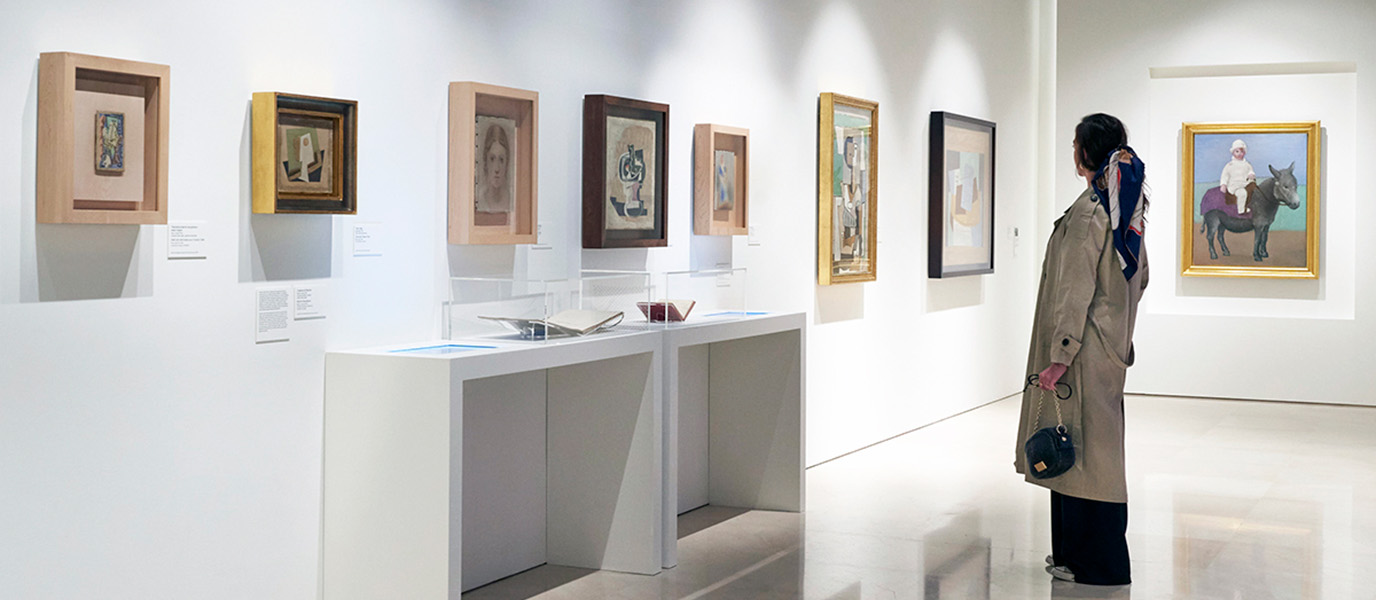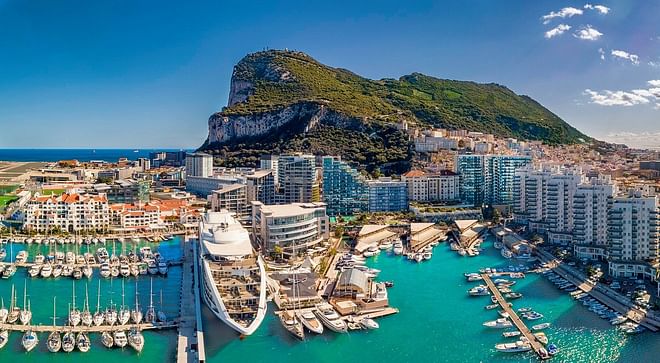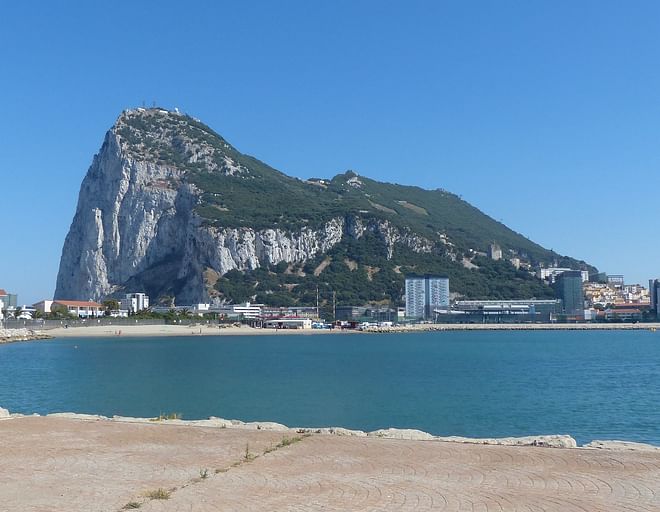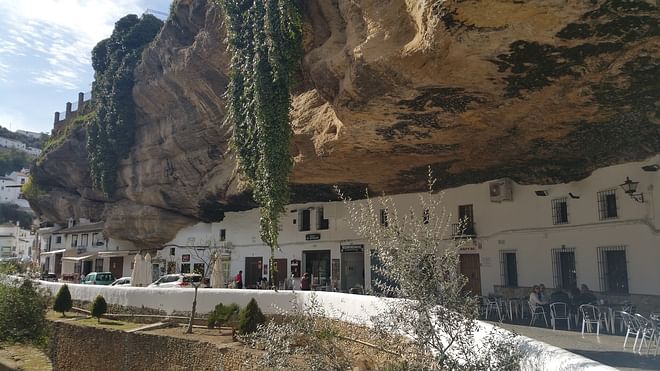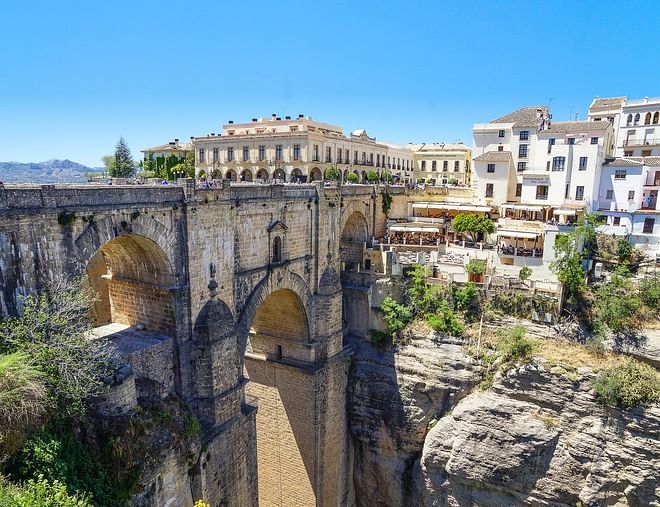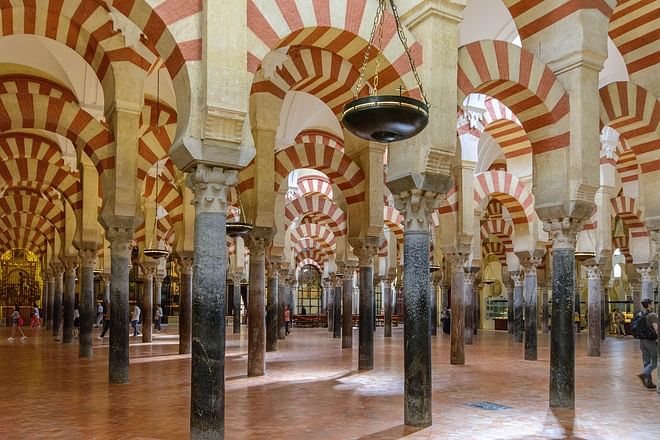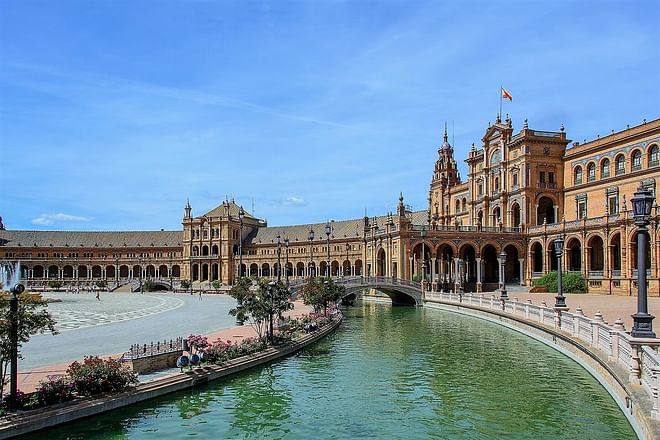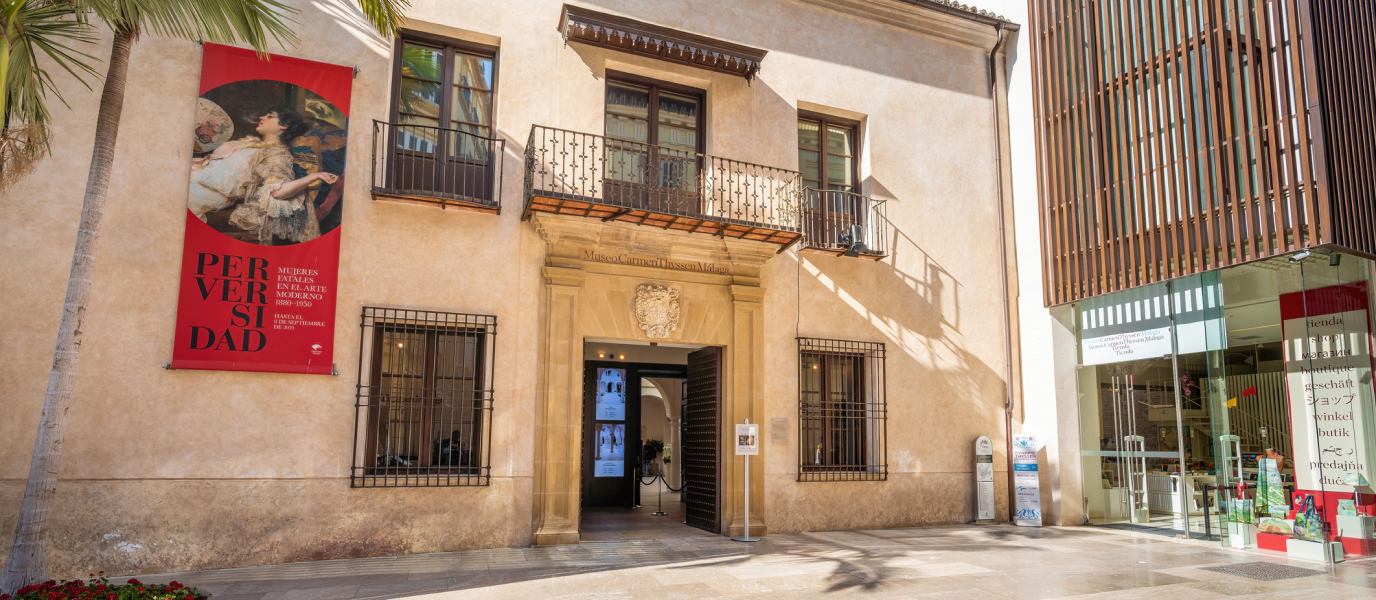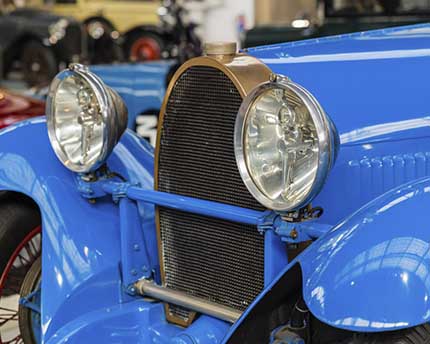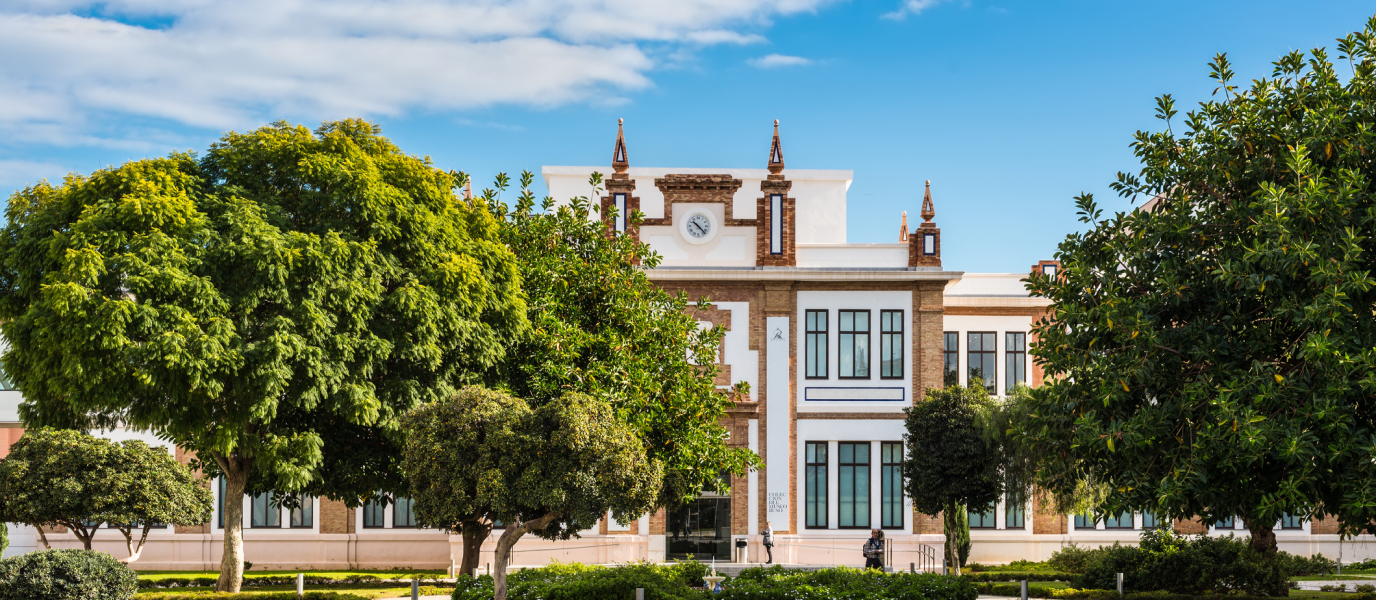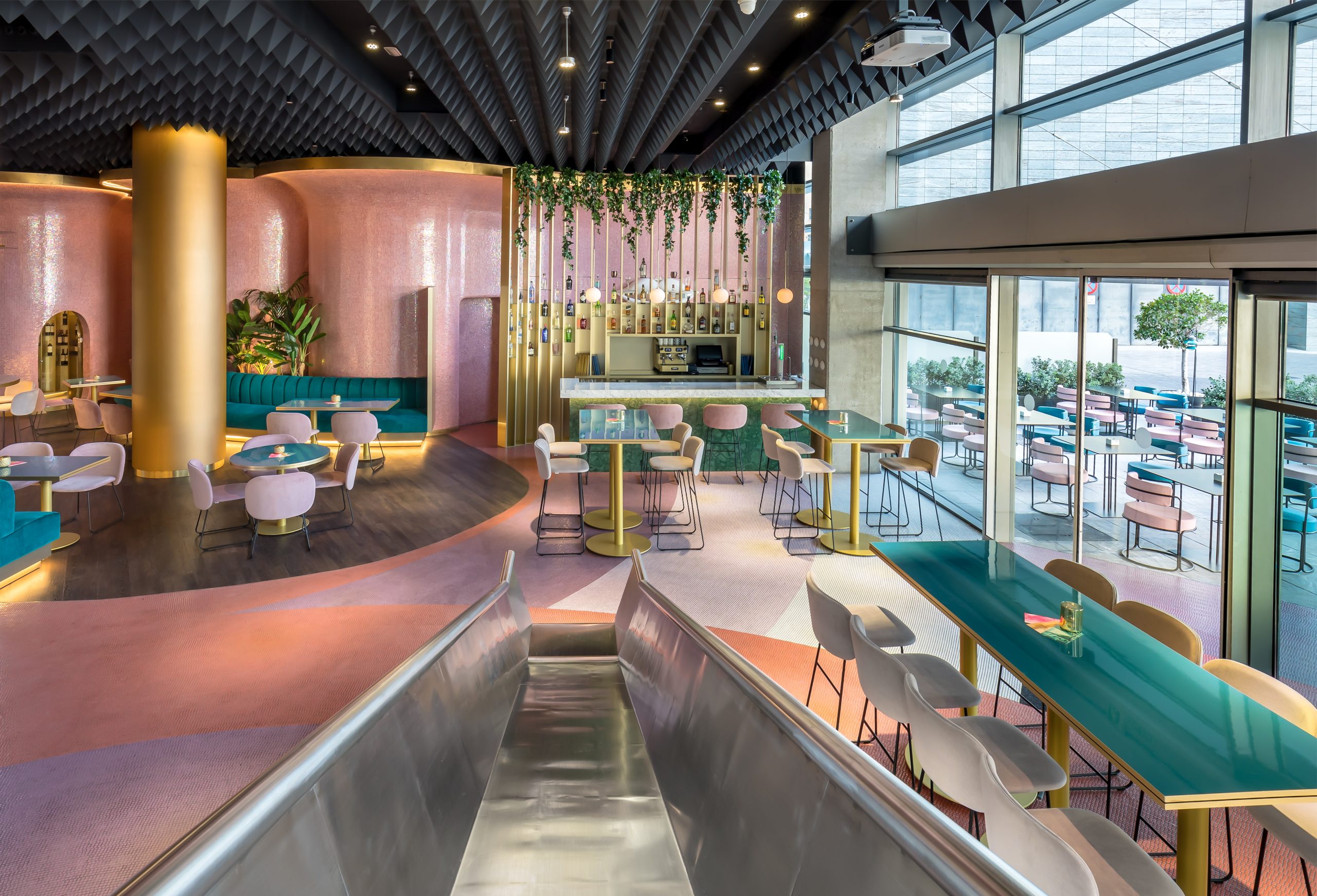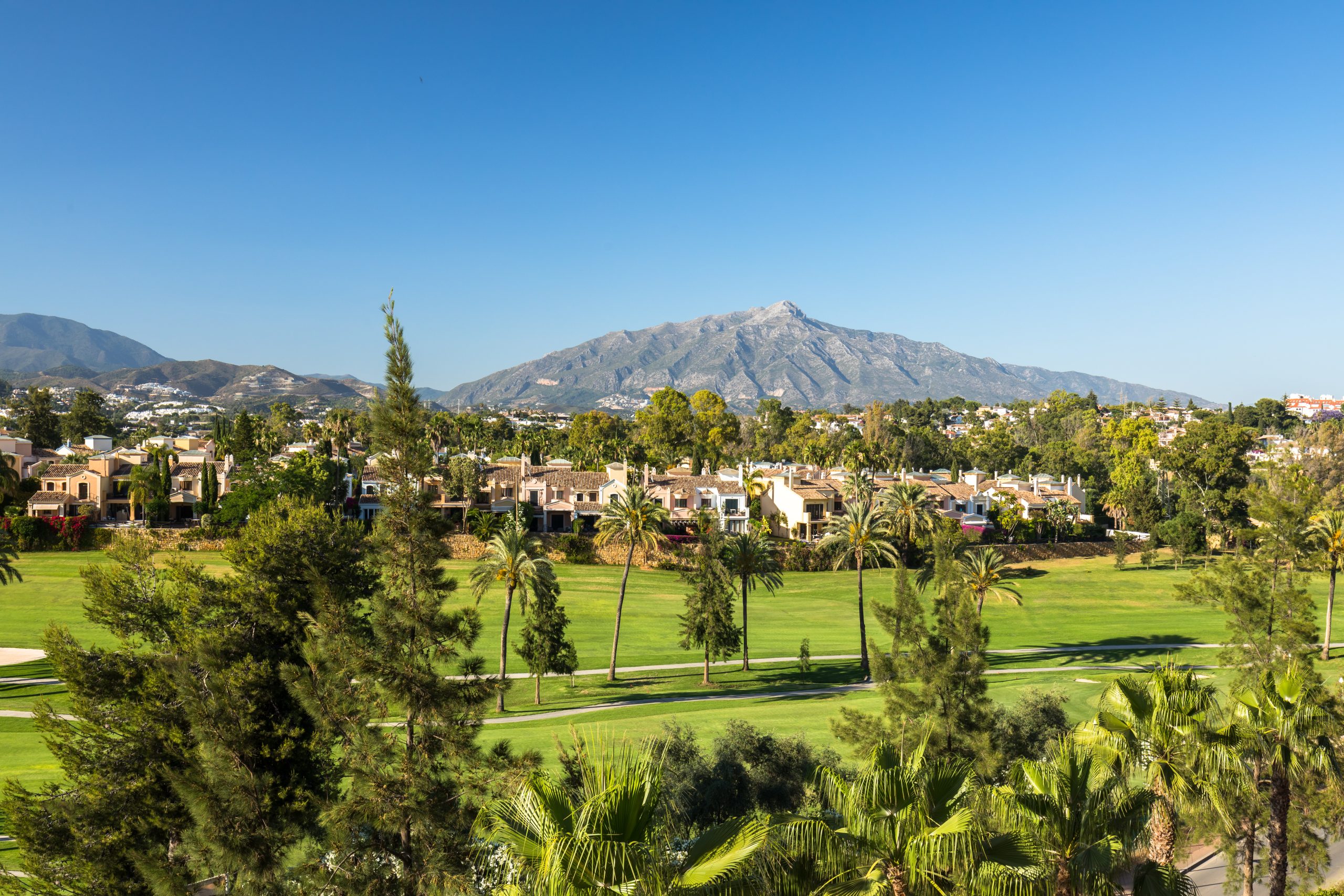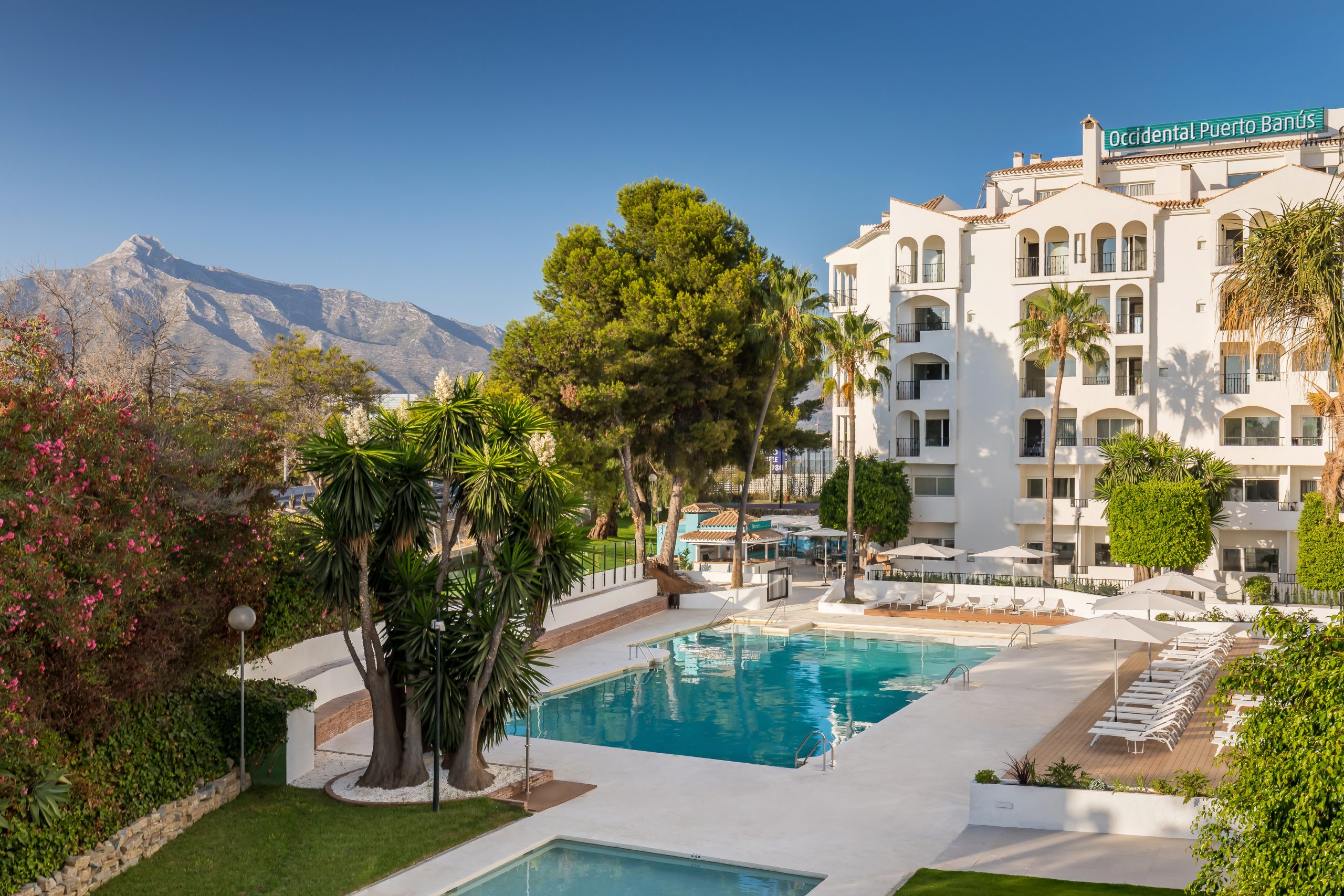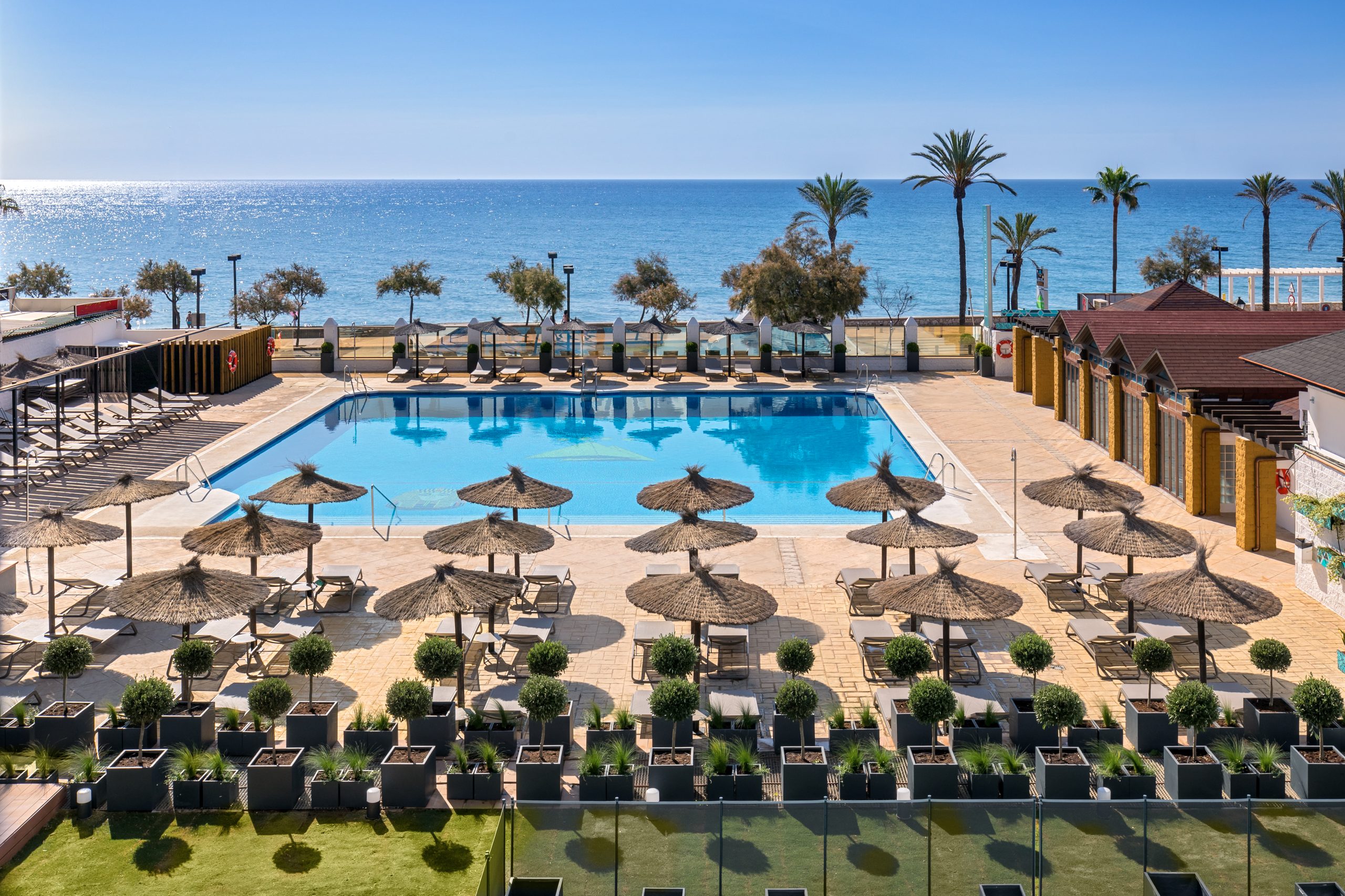The capital city of the Costa del Sol, together with other nearby seaside towns, such as Torremolinos, Fuengirola and Estepona, have been attracting a large number of visitors for decades. The area’s variety of beaches, pleasant climate and its famous pescaíto (fried fish) go a long way in explaining the region’s tourist boom.
However, in terms of the capital of the region, Málaga has undergone a spectacular transformation over recent years, adding new attractions to its traditional sights (the Cathedral, the Alcazaba and the Roman Theatre, among others). Two key factors have played an important role in its rebirth: on the one hand, the port’s extraordinary facelift, and, on the other, the incredible cultural effervescence that has come from the arrival of renowned institutions, among them, the branches of the Russian State Museum of St Petersburg and the Centro Pompidou, the Museo Carmen Thyssen and, of course, the Museo Picasso Málaga [Málaga’s Picasso Museum], which was what started it all off.
The origins of the Picasso Museum in Málaga
Christine and Bernard Ruiz-Picasso, daughter-in-law and grandson of the artist respectively, played a crucial role in founding the museum, ceding the works that comprise its permanent collection to the city of Málaga and thus fulfilling the wishes of the painter. In fact, it was Christine herself who chose Buenavista Palace, a magnificent example of Andalusian civic architecture, as the location of the institution.
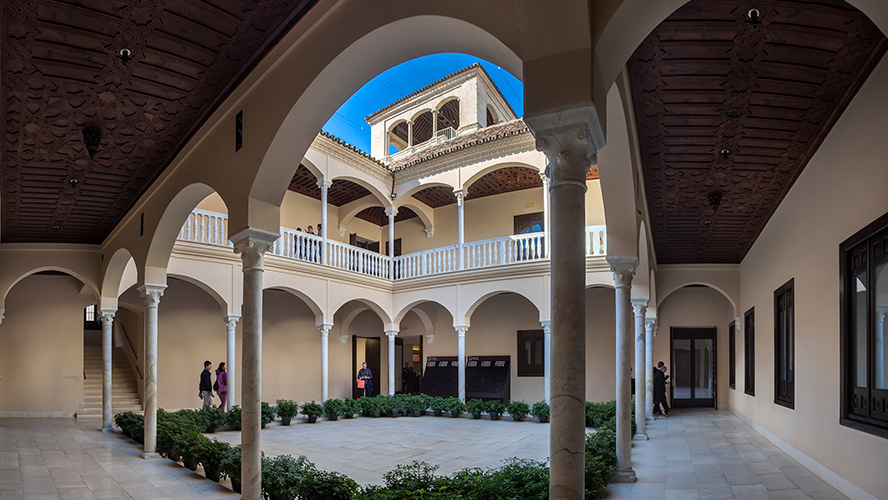
Built on the site of an ancient Nasrid palace, the building has a rich history with both Roman and Phoenician remains. The palace boasts an attractive mix of styles, and although Mudéjar features are evident, especially on its roof, it is its Renaissance style that particularly stands out. Its highly-successful remodelling was overseen by Richard Gluckman, together with Isabel Cámara and Rafael Martín Delgado, and in 2006, three years after the museum was opened, it received the Institute Honor Award for Architecture awarded by the American Institute of Architects.
The Picasso Museum’s collection in Málaga
Although Spain has up to six museums dedicated exclusively to Picasso, there are more than enough reasons for art lovers to visit the one in Málaga, his birthplace, and especially now that a new narrative discourse has been devised to make the great Andalusian painter’s artistic evolution easier to understand. Thus, through a total of 166 works distributed across 11 rooms, visitors can retrace the artist’s career, starting with his early work, through to his celebrated blue and rose periods, before later examining some of the most important phases of his work, such as cubism and surrealism.
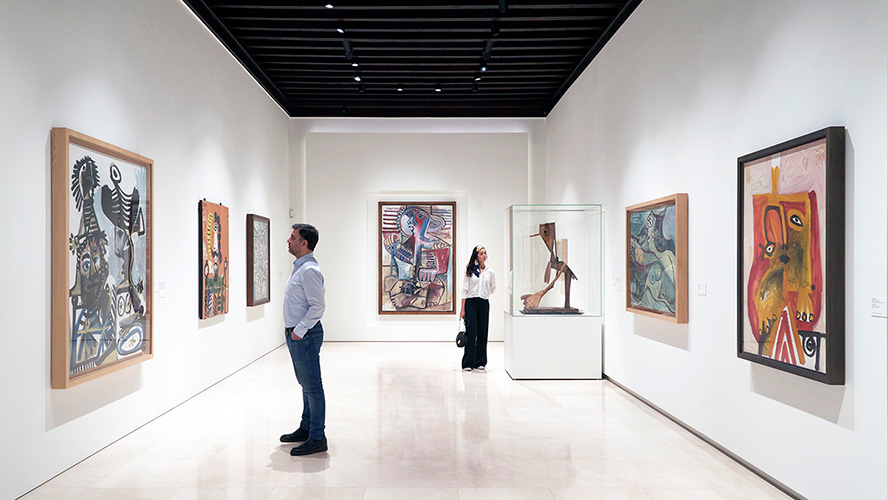
The works on display in the Picasso Museum in Málaga span up to eight decades of continuous experimentation. If there was one trait that characterised the Andalusian artist it was his tireless exploration of new modes of communication, with regard to both stylistic influences and new techniques, as despite his fame as a painter, he also dabbled in sculpture, printmaking, ceramics and set design for theatre. Nor did Picasso restrict himself to one specific theme: his work encompasses both portraits and circus and bullfighting scenes, and even reinterpretations of the work of great masters such as Velázquez and Manet.
All this and much more can be found at the Picasso Museum, an institution centred on the Malaga-born genius, whilst also exploring the work of other key figures for understanding contemporary art and avant-garde painting by means of countless temporary exhibitions. Would you dare miss it?
* Photos provided by © Museo Picasso Málaga

























































